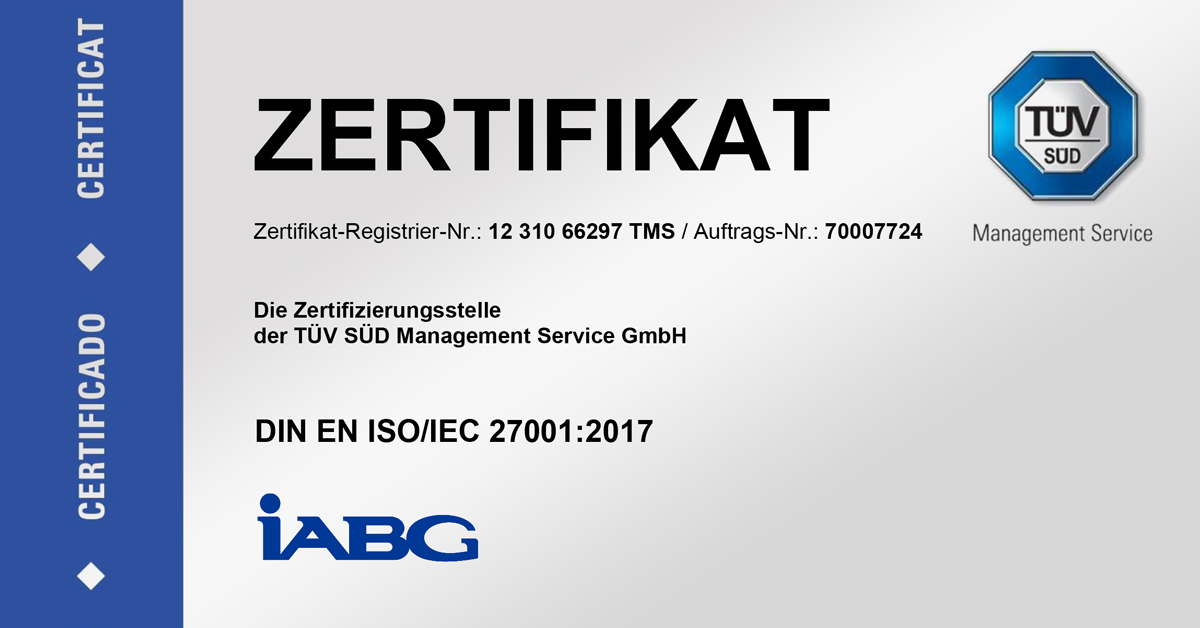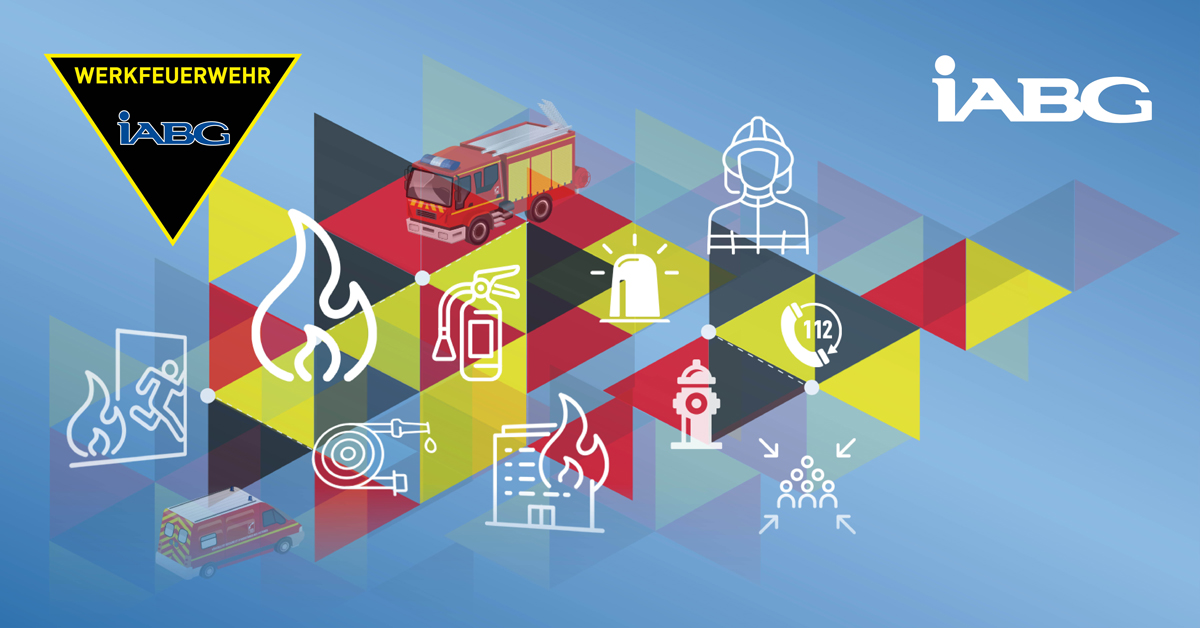On 2 October 2012, IABG expects delivery of an Airbus A350 XWB wing at its testing ground in Erding. Here, the wing’s structure will be examined with regard to its various materials (CFRP, metal). 43,200 flights will be simulated in the course of the test campaign and the wing structure will be stressed by 41 servo-hydraulic cylinders. The wing analysis is supplemented by an examination of the connection areas of the main landing gear and the engine pylons. The fatigue loads here are supplemented with loads up to the analytic breaking load.
The wing will commence its trip to Erding from its production site, Broughton, in the UK. Transport to Munich airport is made by an Airbus Beluga; from there the wing travels via road to its end destination.
The transport dimensions required an advance planning and preparation phase of many months. The transportation route had to be carefully selected. For instance, routes where bridge constructions would have obstructed the transport had to be ruled out.
IABG has already made all necessary preparations for the tests to be accomplished, so that the Airbus and IABG experts can begin the final assembly and completion of the experimental setup as soon as the wing has been delivered. First test series are scheduled for the beginning of 2013.
Apart from structural wing tests, fatigue tests of the centre fuselage section including wing box and wings are also among the extensive test routines the Airbus A350 XWB will be subjected to.
Objective of the structural tests is the verification of strength, fatigue and damage tolerance of the aircraft’s primary structure which is almost completely made from composite materials.
Delivery of the fuselage centre section and the two wings is expected for early 2013. In total, 4 large component groups will thus be transported from Munich to Erding.
The tests will be accomplished in an IABG test hangar on the premises of the Erding air base. The test facility is characterized by the modular and mobile set-up of hangar and infrastructure, making the facility particularly flexible in operation. The existing test infrastructure is thus optimally suited for the challenging structural Airbus A350 XWB tests.
- Business Fields
-
Automotive
- Automotive
-
-
Testing and fatigue strength
- Testing and fatigue strength
- Complete vehicles
- Vehicle bodies
- Chassis
- Engine & Powertrain
- Interiors
- Safeguarding mechatronic systems
- Advice on Test Programmes and Test Signals
- Prüfstandsbau
- Development Services
- Climatic Environmental Simulation
- Materials Testing and Failure Analysis
- Publications
-
Testing and fatigue strength
-
InfoCom
- InfoCom
-
- Shaping digitization securely
-
Cyber security
- Cyber security
- ISMS and risk analysis
- Technical IT security
- Cyber Defence
- BOS Digital Radio Network
- Industry 4.0 / Internet of Things
- Control and situation centres
- Satellite navigation - Satellite communication
- Safe City
- IT Public procurement management
- Government Agency Networks
-
Mobility • Energy
- Mobility • Energy
-
- Rail & track
- Sicheres Autonomes Fahren
- Testing and qualifying hydrogen technologies
- Construction of burst chambers
- Nuclear technology
-
Safeguarding of artificial intelligence (AI)
- Safeguarding of artificial intelligence (AI)
- The new DIN SPEC 92005
-
Engineering and Support of wind energy plants
- Engineering and Support of wind energy plants
- Technical computations and system simulation
-
Testing & qualification of wind energy plants
- Testing & qualification of wind energy plants
- Test stand construction and testing
- Testing and Fatigue Strength
- Materials Testing and Failure Analysis
-
Mobility services
- Mobility services
- Inductive energy transmission
- Environment & geodata service
-
Aeronautics
- Aeronautics
-
- Experimental testing
- Development of functional and system test benches
- Structural monitoring, inspection and analysis
- Functional Safety and Operational Safety
-
Provision of the test infrastructure
- Provision of the test infrastructure
- Our test halls and test sites
- Functional test benches
- References
- Publications
-
Space
- Space
-
- Mechanical Tests
- Space Simulation tests
-
Electromagnetic Tests
- Electromagnetic Tests
- Electromagnetic compatibility (EMC)
- Magnetic field measurement / Magnetic field simulation
- Infrastructure
- Engineering support
-
Management consulting
- Management consulting
- Programme Support
- Consulting on the implementation of management systems
- Project references
-
Defence & Security
- Defence & Security
-
- Domains
-
Services & solutions
- Services & solutions
- Capability Management
- Procurement support
- Services, operation & training
- Smart Tools
-
Expertise
- Expertise
- Integrated Logistics
- Life Cycle Cost Management
- IT-Security
- Survivability
- Vulnerability & effect on target
- Human factors & ergonomics
- Safety
- Systemic Analysis
- Security Policy
- Architecture & Process modelling
- Modelling & Simulation
- Intelligence, Surveillance & Reconnaissance (ISR)
- Systemt engineering AIR
- System engineering SPACE
- System engineering MARITIME
- Armament
- Sensor systems
- C4I systems
- Protection, Impact- and High Risk Testing
- Technology Roadmapping
- Innovation


